Use of plant hormones
There are many types of plant hormonesSubstances that can modify or control the growth of plants.. They are used in agricultureFarming - especially arable or crop farming. and horticulture to have a specific effect.
auxinsPlant hormones that control cell elongation. were the first class of plant hormones to be discovered. Their main function is to help plants grow and auxin stimulates plant cells to elongationBecoming longer.. The apical meristem of a plant is one of the main places where auxin is produced. The apical meristem is also the location that all other parts of a plant grow from - the stem, leaves, and flowers.
Auxins are one specific group of hormones that are used:
- as weed killers
- as rooting powders
Weed killers
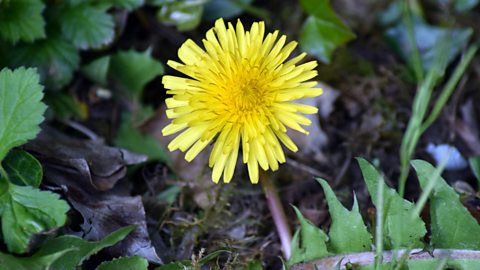
Selective weed killers kill some plants, but not others. This can be useful for getting rid of dandelions in a lawn without killing the grass. The selective weed killer contains a growth hormone that causes the weeds to grow too quickly and die. Because the weeds have broader leaves, the weed killer is absorbed in larger quantities by the weeds than it is by the grass. Selective weed killers can reduce biodiversity within treated areas due to specific plants being killed.
Rooting powder contains plant hormones to promote growth.
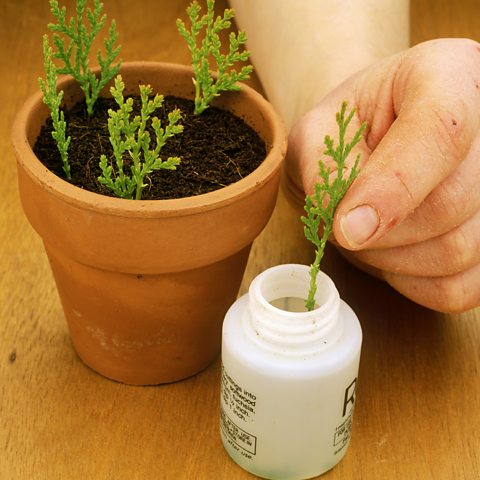
Plant cuttings can be dipped in hormone rooting powder before planting.
Synthetic plant hormones are used to control plant growth. For example, rooting powder contains growth hormones that make stem cuttings develop roots quickly.
Other plant hormones
gibberellinA plant hormone involved in germination, flowering and fruit formation. are a group of plant hormones responsible for growth and development. They are important for initiating seed germinationThe process where seeds sprout and begin to grow.. Low concentrations can be used to increase the speed of germination, and they stimulate elongationBecoming longer. so plants grow taller.
They are naturally produced by barley and other seeds.
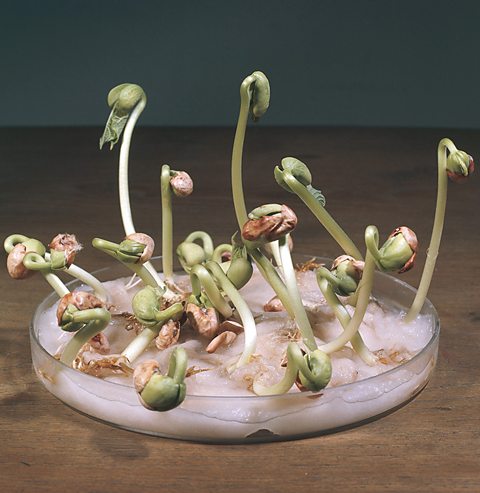
Gibberellins can be used to:
- end seed dormancy
- promote flowering
- increase fruit size
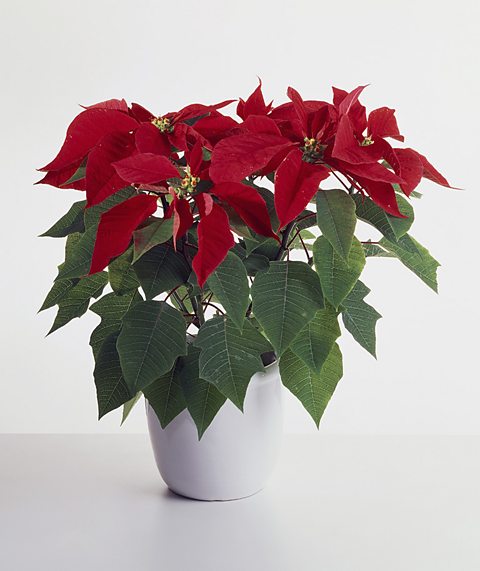
Seed dormancyHibernation for seeds which stops when they germinate. must be broken for seeds to germinate, and this can be done by using gibberellins.
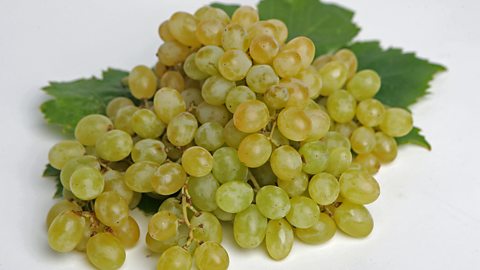
Gibberellins can promote flowering, which can result in more financially profitable flowers to sell due to the increased speed of flower growth. More attractive flowers and larger specimens are also produced.
Flowering also has an impact on the rate of fruit growth. Gibberellins are used in the production of seedless fruit such as seedless grapes, which are normally sprayed with gibberellin to increase the size of each grape.
Controlling fruit ripening
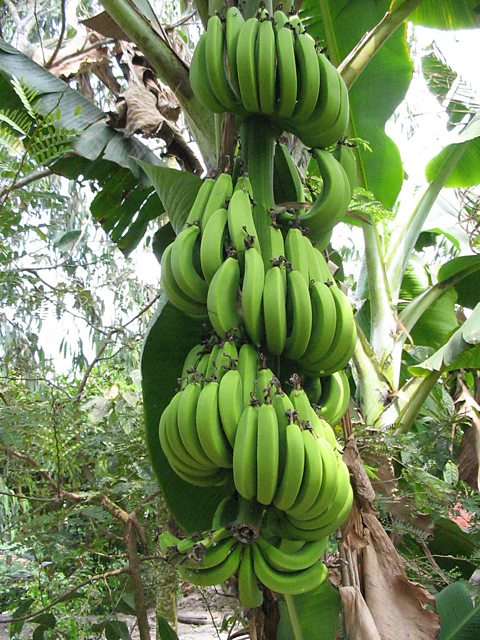
Some hormones slow the ripening of fruits and others speed it up. These hormones and their inhibitors are useful for delaying ripening during transport or when fruit is displayed in shops. Ethene is a plant hormone which causes fruit to ripen.
ethene The simplest alkene, consisting of two carbon atoms joined by a double bond, surrounded by four hydrogen atoms. is used routinely within the food industry to provide controlled ripening during storage and transport or when fruit is displayed in shops, in sealed packages. Bananas are picked when they are green and unripened. Ethene is a hydrocarbonA compound that contains hydrogen and carbon only. gas and it speeds up ripening in bananas and other fruit. The effect of ethene released from bananas is clearly visible if you keep them in a bowl with other fruit, as it causes other fruits to ripen very quickly.